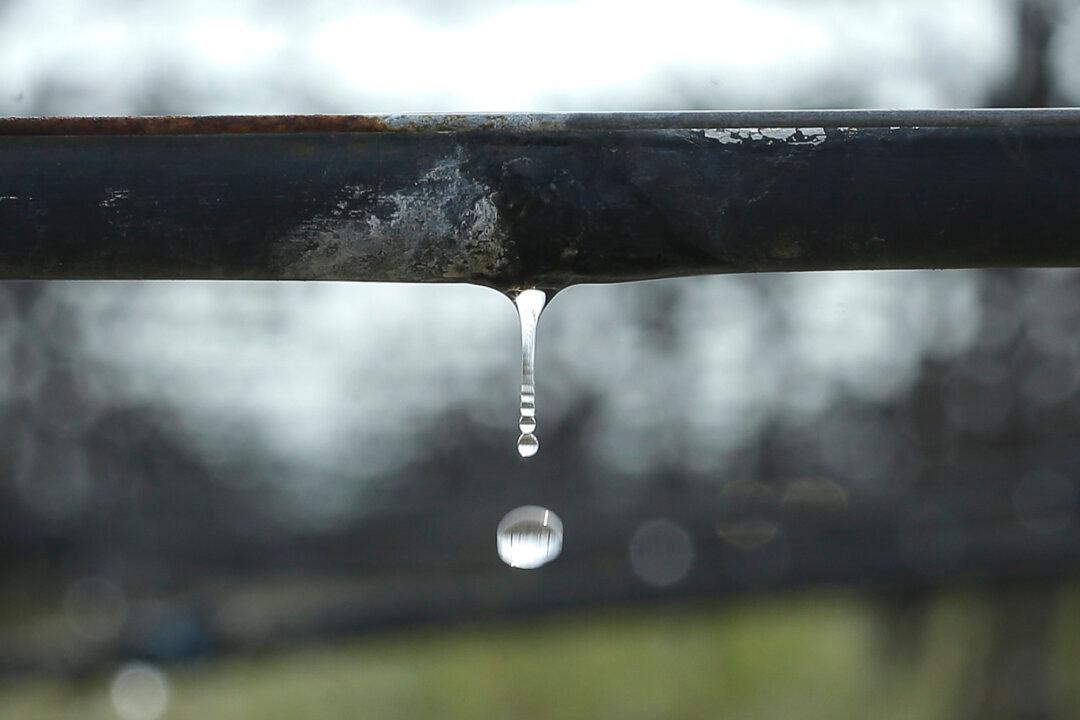Commentary
The main takeaway from the Chapman University Water Abundance Conference held at the school’s campus on Sept. 15 is: California’s water issues are difficult but can be solved.

The main takeaway from the Chapman University Water Abundance Conference held at the school’s campus on Sept. 15 is: California’s water issues are difficult but can be solved.